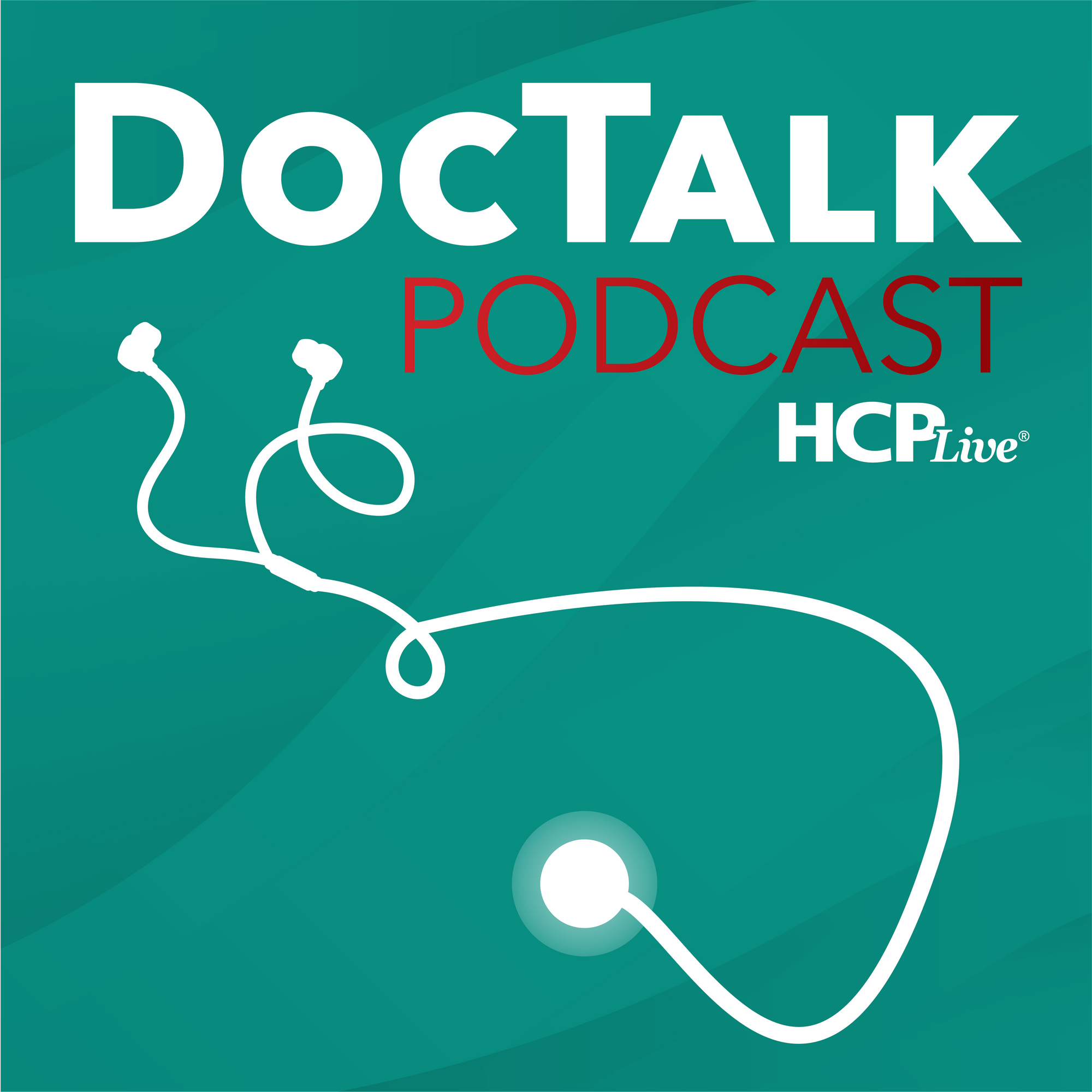Video
Barriers to Treatment Adherence with Urate-Lowering Therapies
%jwplayer%
In the MD Insights program “The ‘Disease of Kings:’ Addressing Misperceptions and Treating Gout Effectively Now and in the Future,” Theodore R. Fields, MD, professor of clinical medicine at Weill-Cornell Medical College, and director of the Rheumatology Faculty Practice Plan at Hospital for Special Surgery, discusses gout diagnosis, misperceptions about the disease, and the consequences of undertreatment of this condition. He also reviews current gout treatment options and discusses potential future treatments.
There are many reasons why patients don’t take their medicines for gout.
One reason is due to the nature of the condition itself. With an episodic condition like gout, patients who experience an acute attack will be started on a medicine to lower their uric acid and then one morning they’ll wake up and say, “I’m feeling pretty good. Why do I need another pill?” So they’ll just stop taking their medication and they won’t think about it again until they have another attack.
Concern about potential hepatic side effects (with allopurinol) and general discomfort with polypharmacy are other reasons that have been cited by patients for poor treatment adherence.
Dr. Fields said that when it comes to gout, “probably the biggest reason why patients stop their medicine is because they haven’t been adequately educated as to why they need it.”
“It’s obvious to a patient who has an attack that they should take their naproxen or their prednisone because they hurt and the medicine is making them feel better. I think they understand that. But when they start to feel better they really have to understand why they need to take it,” he added.
He lamented that fact that primary care physicians have so little time with their patients that they end up spending the majority of the visit talking about the patient’s comorbid conditions and spend comparatively little time on gout education.
Dr. Fields said the patients themselves also share in the blame. “They often have the misperception that there’s nothing that can be done for them, that it’s okay to have two attacks in a year. They’re on allopurinol; they’re having a couple of attacks, that’s sort of the way it is. They go and take their Advil and don’t even tell the doctor” when they have a flare up.
It ends up being a vicious cycle, Dr. Fields, said, wherein “the patient doesn’t talk about their gout, they have other medical problems so they don’t really have time to discuss it while they’re with the primary care doctor, and the issue just never comes up. So the patient stays on a dose that’s too low for their allopurinol. Or, after they leave the doctor’s office they say, ‘You know, I’m just on too many pills,’ and they just stop the allopurinol.”
Financial concerns can also be a factor in treatment adherence. Fortunately with gout, the most commonly used medications (allopurinol and colchicine) are available in generic forms, so treatment cost isn’t as big an issue as it is with some other conditions.
In the end, “it’s really important that patients understand that gout is a curable disease. And I think many patients don’t appreciate that. I think they don’t necessarily even learn this fact when they go to their primary care doctor,” said Dr. Fields.
“If they can stick with the program over time the attacks go away completely. So it’s really important that they understand that the end game here is complete resolution of gout,” he said.





